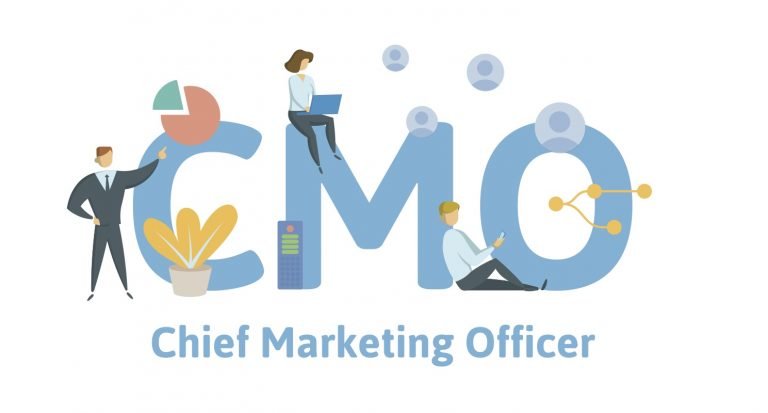Key Takeaways
- A new CMO can disrupt your existing client relationship
- It can lead to more opportunities or the end of your contract
- Here’s how to navigate a new CMO to keep the business
The average tenure for a CMO is 43 months, but when it comes to digital businesses, that number drops to 29 months. As most communications and marketing freelancers know, when a new CMO comes on board, prepare for change.
The CMO shift can create the following common situation for freelancers.
- Things are running smoothly – you have great results, earned a solid reputation throughout the company, and built a well-oiled machine to manage the account. Then the new CMO comes in and wants to review everything you do, to the point that you’re working a lot of extra (unpaid) hours writing reports.
- Getting any real work done gets harder as you struggle to meet the ever increasing demands set by the new CMO. The stress of keeping the client can take a toll on your health. Not to mention your ability to deliver results for other clients starts to be compromised.
At this stage, a few things often go through the freelancer’s mind. Some think about replacing the business, but are so busy trying to keep the work they have, it leaves little time for new business development.
Others think about approaching the CMO, but fear losing the contract if the conversation doesn’t go well.
Since the appointment of a new CMO at the client site has likely happened, or will happen to a freelancer, here are things to consider.
A New CMO Signals New Opportunities
Change at the client often signals new opportunities for freelancers to grow, either with the current client or through new ones.
But when you’re in the midst of change, there’s no denying it can be hard, especially when it’s a new CMO. Sometimes, it can signal more changes in the organization. Some of those changes are likely to directly impact you and others will not. No matter what, don’t hit the panic button when a new CMO comes on board.

Instead, put yourself in the CMO’s shoes. Consider that she wants to get a good understanding of how the team works and whether they’re meeting corporate goals, which freelancers aren’t always privy to and are often separate from KPIs.
When she asks for detailed reports and has follow-up questions, think of these requests as a great opportunity to showcase your results. In fact, prepare them in advance of the new CMO’s arrival.
Next, ask yourself if the CMO’s new reporting requirements are inspiring you to think on a more strategic level. You could be learning new things that can be applied to all of your clients.
Keep in mind that excessive reporting could be temporary until the CMO has a handle on all activities. Oftentimes, once the CMO is comfortable with the freelancer, they empower them to keep running that well-oiled machine.
Seeing the CMO Change for What It Is

You can hypothesize about what the CMO change means for you and never really know, or you could simply talk to the CMO.
Make sure you discuss a potential meeting with your day-to-day contact before scheduling it with the CMO and gauge if it’s worth it. If you all agree it will be beneficial for everybody, focus the discussion on the CMO’s goals and how you can help achieve them faster. Come to the table with additional ideas and leave some time on the clock to ask how things are going.
After the discussion, do a private assessment. Consider how easy it is to get on the CMO’s calendar, how engaged she is during the conversation, and if she talks about future campaigns. All of those actions will give you a glimpse into how she sees your future role on the team.
If the conversation doesn’t flow, there’s probably not much you can do. Stay with the client, but start to carve out time to explore new business opportunities. Don’t forget that you also have a choice at this point, one that’s based on doing the right thing by your business.
There’s enough opportunities in the tech industry for talented communications freelancers to find work. If things don’t work out with one CMO, don’t take it personally. It just means that you were meant for change working with a new client.



